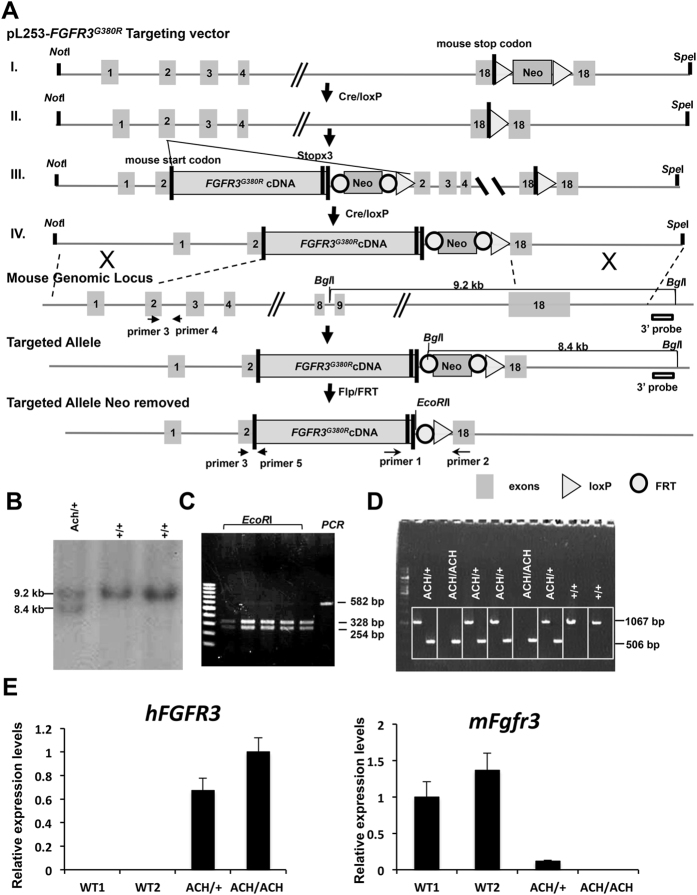Achondroplasia (ACH), the most common genetic dwarfism in human, is caused by a gain-of function mutation in fibroblast growth factor receptor 3 (FGFR3). Currently, there is no effective treatment for ACH. In 23 Feb 2017, Yi-Ching Lee and others published an article in 《Science Report》 which title is “Knock-in human FGFR3 achondroplasia mutation as a mouse model for human skeletal dysplasia”, reported a mouse model which knock-in human FGFR3 achondroplasia mutation. The mice model expressed expressing human FGFR3G380R recapitulate the phenotypes observed in ACH patients, including growth retardation, disproportionate shortening of the limbs, round head, mid-face hypoplasia at birth, and kyphosis progression during postnatal development. This mouse model offers a tool for assessing potential therapeutic approaches for skeletal dysplasias related to over-activation of human FGFR3, and for further studies of the underlying molecular mechanisms.
Read More
